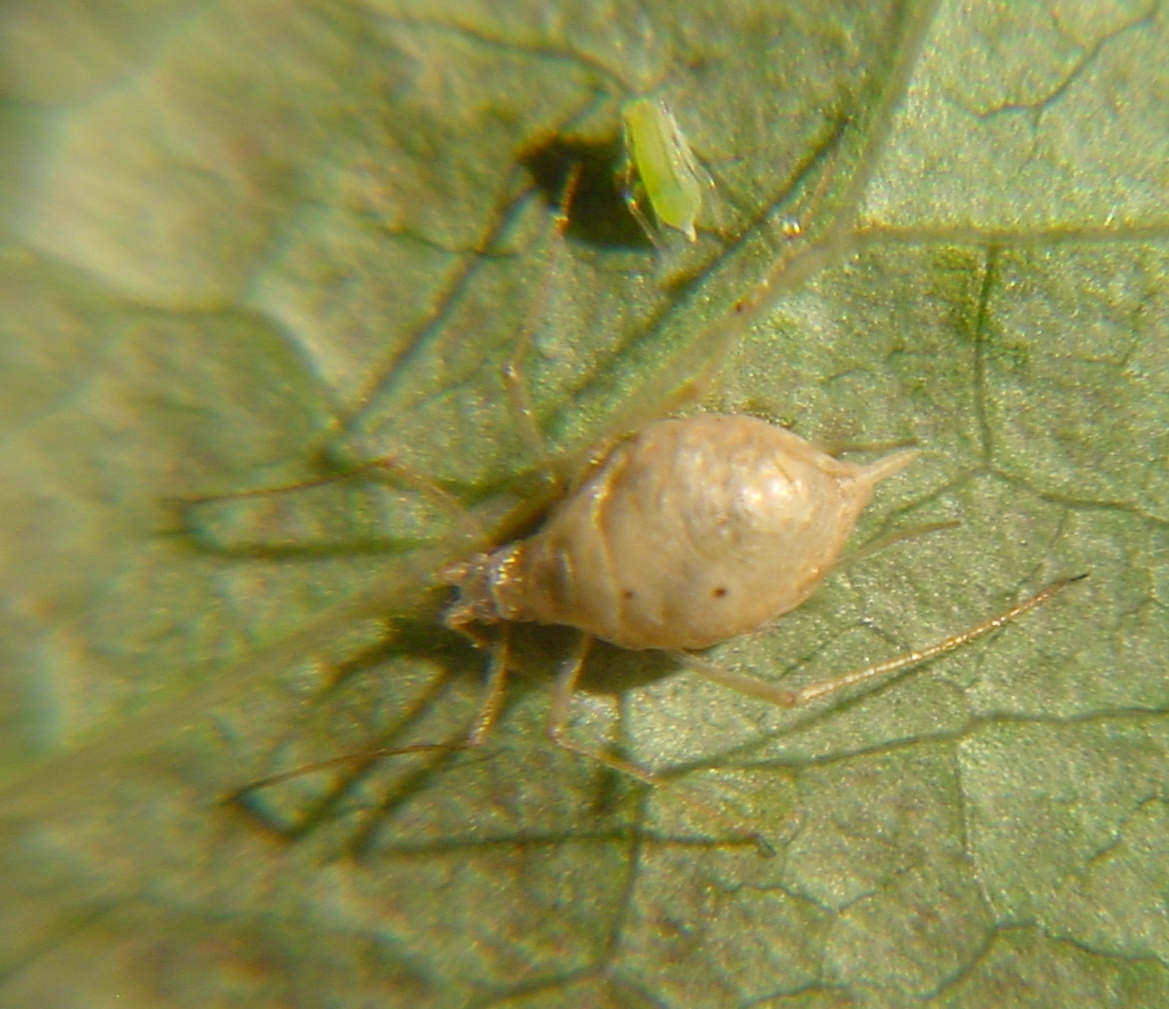

Aphids predators plus#
Les populations de pucerons tendaient à être plus élevées dans les parcelles dont les populations de Carabidae avaient été réduites que dans les zones de contrôle et étaient significativement plus élevées dans les parcelles où l’insecticide avait réduit l’abondance des prédateurs au niveau du feuillage des plants.

Le dispositif expérimental a permis de réduire significativement l’abondance des Carabidae dans les enceintes par rapport aux parcelles sans barrières. L’abondance des pucerons était évaluée dans les parcelles entourées de barrières et dans les parcelles sans barrières qui servaient de contrôles. Natural predators: For outdoor plants, predators such as birds feed on aphid eggs, parasitic wasps also attack the eggs, and ladybugs eat aphids on top of the soil. Out of stock View more products from Koppert Aphidoletes aphidimyza Aphid Predators ship as 2,000 small pupae mixed with vermiculite that soon hatch out into adult gall-midges. On a varié les populations de prédateurs en plaçant des pièges de Barber à l’intérieur de parcelles expérimentales entourées de barrières de polyéthylène et en appliquant un insecticide sélectif. The presence of natural enemies provides “free” aphid control, so before spraying with an insecticide, check to be sure that existing natural enemies are not already “taking care of business.Une étude a été faite dans des champs de pomme de terre à Frédéricton au Nouveau-Brunswick en 1981, 1982 et 1984 pour déterminer l’effet des prédateurs indigènes sur l’abondance des pucerons.

These predators help to control aphid populations and. There are actually more than 500 species of aphid in the U.K. Plants that produce an abundance of pollen or nectar include Queen Anne’s lace (Daucus carota), coreopsis ( Coreopsis spp.), coneflower ( Echinacea spp.), goldenrod ( Solidago spp.), and sweet alyssum (Lobularia maritima). You have a range of aphid predators, including ladybugs, birds, hoverflies, predatory wasps, and more. Aphids, also known as greenfly or blackfly, are tiny, sap-sucking bugs that can occur on most plants, particularly on soft young growth. It is also beneficial to attract or retain aphid natural enemies in landscapes by incorporating plants that produce pollen and nectar that serves as a food source for many aphid natural enemies. This type of phenomenon is referred to as secondary pest outbreak. Ladybugs will eat aphids, mites and other soft- bodied insects. As a result, spider mites may become a bigger problem than the aphids. Ladybugs, or lady beetles (Hippodamia convergens) are the best-known garden predators available. The use of conventional insecticides to control aphids may not only kill their natural enemies but also significantly impact those of other plantfeeding pests, such as twospotted spider mites. All of these factors contribute to making the aphid a pest. The honeydew can also predispose an affected plant to develop black sooty mould, making the leaves appear dirty and grey. Ground or rove beetles attack aphids that fall off and land on soil, grass, or mulch. Because of its sweetness, aphid honeydew attracts other pests like ants, flies, and wasps.
Aphids predators registration#
Although water doesn’t have any EPA registration number and is not (currently) considered a pesticide, it knocks aphids off plants. An effective management strategy for controlling aphids without harming natural enemies is to spray plants with a hard stream of water. Parasitized aphids are swollen, brown to gray, and are called mummies.īoth predators and parasitoids can maintain aphid numbers below thresholds for causing plant damage so that an insecticide application is not warranted. Eventually, the larva pupates and becomes an adult, which chews out an emergence hole. Female parasitoids lay eggs into aphids the eggs hatch into larvae that consume the internal contents. Parasitoids or parasitic wasps that attack aphids include ichneumon and braconid wasps. Grow the right plantsthat attract predatory insects, plants that repel aphids, and plants that 'trap' aphids. In many cases, both adults and larvae (or nymphs) feed on aphids. Employ natural predatorslike ladybugs, green lacewings, and birds. Predators (which may consume all or parts of aphids) include green and brown lacewings, lady beetles, hover flies, midges, bigeyed bugs, damsel bugs, soldier beetles, and blister beetles. However, because aphids generally feed in exposed locations (including terminal growth and underneath leaves), they are susceptible to a variety of natural enemies such as predators and parasitoids.

At this time of year, many aphid species feed on nursery and landscape plants, sometimes in large numbers.


 0 kommentar(er)
0 kommentar(er)
